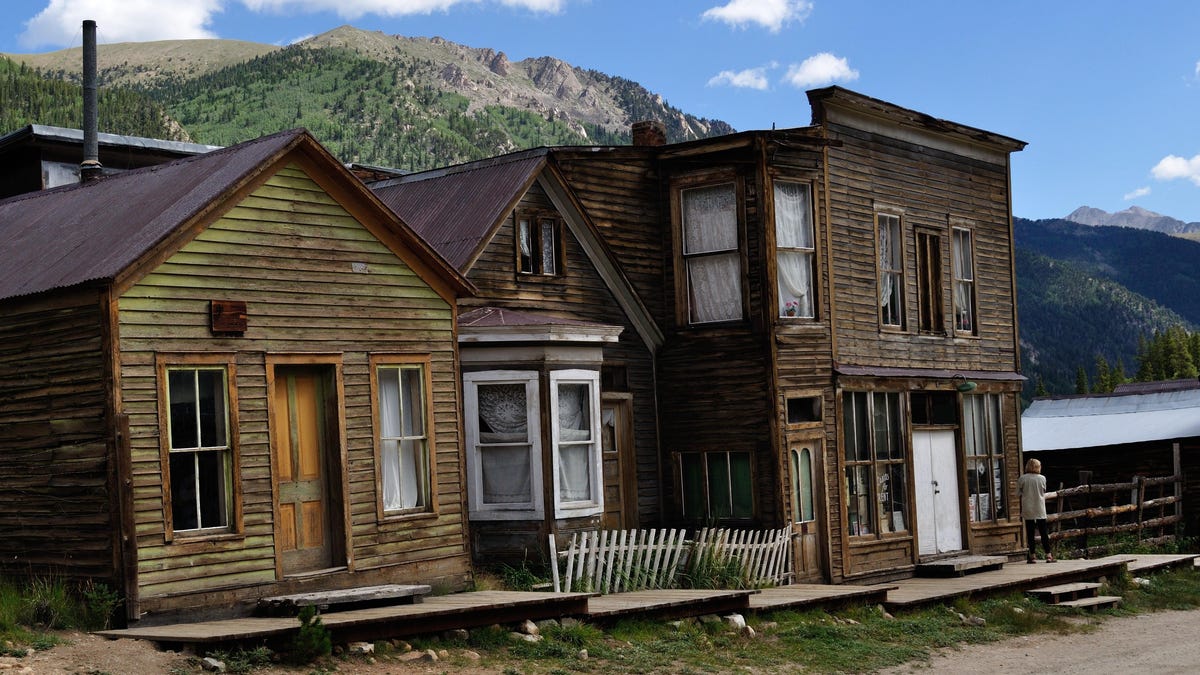How to Buy a Ghost Town - 4 minutes read

Visiting a ghost town is one of the closest things we have to time travel. If left undisturbed, the town remains suspended in time; perpetually stuck in the year it was abandoned. Fortunately, some ghost towns have been incorporated into state and national parks, which tend to leave them in their state of natural ruin—the most famous example being the former gold mining town of Bodie, California.
But there are at least 3,800 ghost towns located throughout the United States (in a variety of conditions), and on occasion, entire towns are up for sale. While owning your own ghost town may sound great in theory, in practice, it could be a very different story (depending on what you want to do with the abandoned property and structures).
Before even getting to that part, you have to go through the process of purchasing the ghost town—which, it turns out, is a little different than buying your average not-abandoned home. Here’s what to keep in mind if you’re in the market for a ghost town to call your own, courtesy of an article by Joe Pye on Debt.com.
It’s more than just a house
Attention-grabbing headlines on ghost towns being sold at what appear to be shockingly reasonable prices may give the impression that as long as you have the cash, you could be the proud owner of your own abandoned mining village relatively easily.
But, of course, it’s not that straightforward, thanks in part to the fact that these towns are considered “unincorporated,” and therefore aren’t part of a local government. “That means even if the price is good, the unique nature of these places makes buying them more challenging than with most homes,” Pye explains.
Good luck getting a loan
While it may seem financially feasible for you to make mortgage payments on a $200,000 ghost town, that doesn’t mean you’ll get a loan. “Fannie Mae and Freddy Mac and FHA are not touching these properties,” Utah real estate broker Mike Metzger tells Debt.com.
“It is very difficult to get a loan for these types of properties,” Metzger continues. “Most times, it’s going to be a private sort of banking, with loans based on the individual and the relationships they have with the bank, versus your traditional ‘square box financing.’”
It’s likely lacking basic amenities
Would-be ghost town purchasers (hopefully) know that they’re in for a lot of work, but may not realize the full extent of it. For example, the abandoned town may not have running water, electricity or other basic utilities. And it’s not only a matter of installing them and hooking them up to existing supplies—sometimes the closest running water or electricity is miles away.
Then there’s the issue of safety. “Most of the structures in ghost towns aren’t up to code,” Metzger says. “They were built before the code was invented. They’re probably the reason code was invented, because as they were finished, they were running out of materials.”
Ghost towns currently for sale
While Pye’s article on Debt.com does provide interesting insights into purchasing a ghost town, it also lists several examples of properties purportedly for sale. But before you get too excited, you should know that none of these towns are currently on the market—with some being sold several years ago. (Including St. Elmo, Colorado, which is featured in the image at the top of this article.)
But that doesn’t mean there aren’t other options out there. For example, the town of Pearce, Arizona is currently up for sale for $944,000, though it’s more of a turnkey living history museum than actual ghost town. As is Cleator, Arizona, which is listed for $999,000 and still has some remaining residents and active businesses, making it closer to a Schitt’s Creek scenario. But you never know when your dream ghost town will hit the market.
Source: Lifehacker.com
Powered by NewsAPI.org